Child-on-child sexual abuse (COCSA) is a disturbing reality where a minor engages in sexual behaviors with another minor without true consent, equality, or in the presence of coercion.
Juvenile Sex Crimes – Child on Child Sexual Abuse (COCSA) refers to sexual offenses committed by minors (individuals under the age of 18) against other minors. This encompasses a range of behaviors, including:
- Non-contact offenses: Exposing oneself to another child, showing pornography to a child, or watching a child undress.
- Contact offenses: Fondling, touching, or any form of sexual penetration.
Table of Contents
What is COCSA?
“COCSA” stands for Child-On-Child Sexual Abuse, which describes the sexual activity between children. The abuse occurs:
- Without consent: One or both children involved do not truly understand or agree to the sexual activity.
- Without equality: There’s a power imbalance between the children, often due to age, size, cognitive ability, or social status.
- With coercion: One child uses force, threats, manipulation, or emotional pressure to engage in sexual activity with another child.
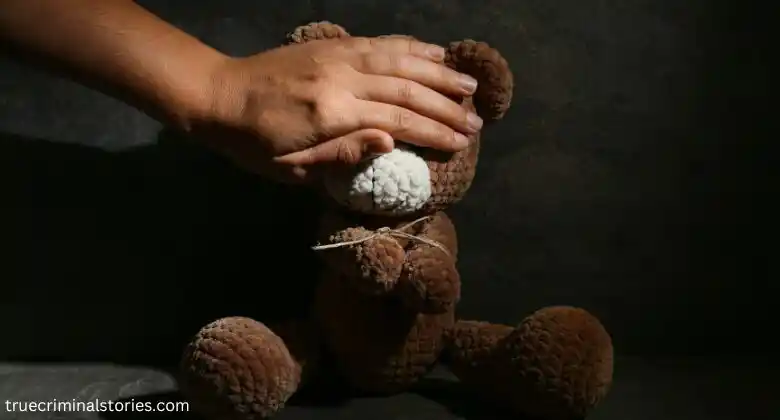
COSCA is a complex and sensitive issue, often shrouded in silence and misunderstanding.
What Happens if a Child Touches Another Child Inappropriately?
Child-on-child sexual abuse occurs when one child engages in sexual activities with another child without consent. This can happen between siblings, classmates, or even friends. It’s crucial to understand that this is not just “kids being kids,” but is a serious issue that can have long-lasting effects on both the victim and the perpetrator. The dynamics are often complex, involving power imbalances and a lack of understanding about consent and boundaries.
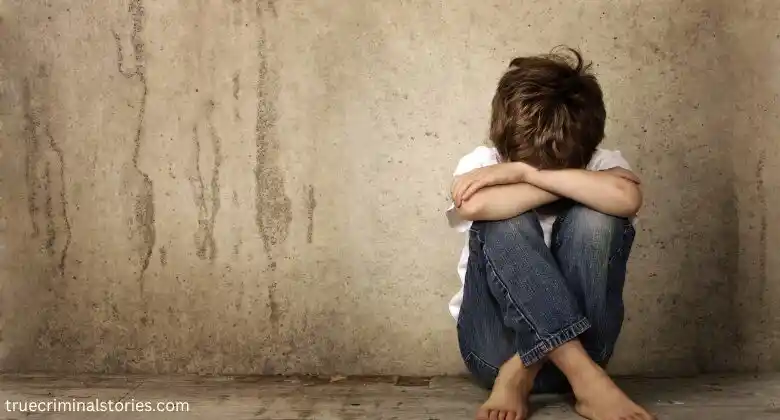
The abuse is not limited to physical acts; it can also include coercion, exposure to inappropriate content, and manipulation. This underscores the importance of recognizing that children, even at a young age, can engage in behaviors that are harmful to others. Understanding the context and motivations behind these actions is essential for effective intervention and prevention strategies.
Can a Child Sexually Abuse Another Child?
The answer is unequivocally yes. Children can and do sexually abuse other children. Often, the child who acts out in this way has been exposed to inappropriate sexual material or has been a victim of abuse themselves. It’s crucial for parents and educators to recognize this possibility and address it accordingly. Awareness and education play significant roles in identifying and stopping such behaviors before they escalate.
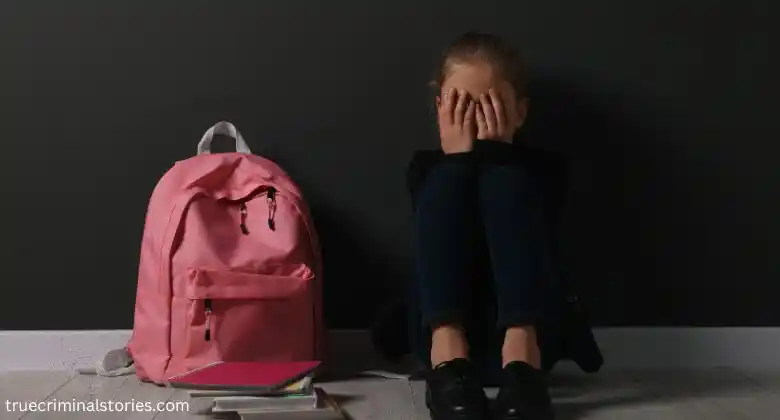
Children who engage in such behaviors may be mimicking actions they have seen or experienced. They might not fully understand the implications of their actions, which emphasizes the need for guidance and education. Early intervention can help redirect these behaviors and provide support to both the child exhibiting harmful behavior and the child victim. Ensuring that children have access to appropriate resources and support systems can make a significant difference in their development and well-being.
Signs of Child-On-Child Sexual Abuse
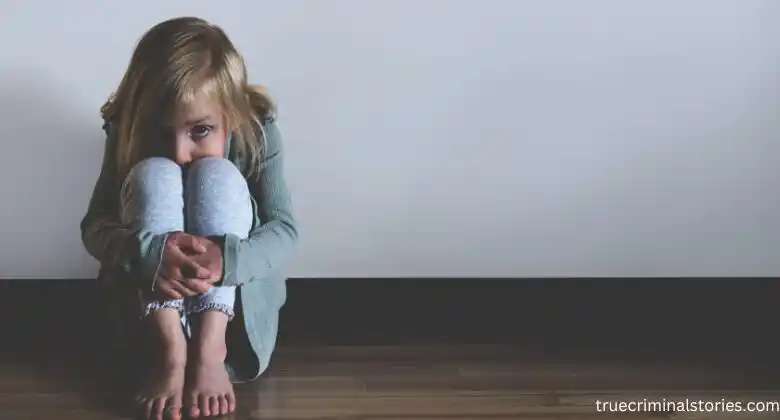
Knowing the signs of abuse can help in early intervention. Here are some indicators that parents, educators, and caregivers should be vigilant about:
Behavioral Signs
Sudden changes in behavior or personality can be alarming indicators of abuse. These may include a child becoming unusually aggressive or withdrawn, or developing a sudden fear of certain places or people. Such changes can often be subtle but are significant enough to warrant concern.
Moreover, children might exhibit inappropriate sexual behaviors or language that is not age-appropriate, which can be a direct result of exposure to abuse. Increased secrecy or reluctance to talk about certain activities or individuals can also be telling signs. Being observant and maintaining open communication channels can help in identifying these behaviors early.
Physical Signs
Physical signs of abuse can be more apparent, though they are not always present. Unexplained injuries or bruises, difficulty walking or sitting, and signs of trauma in the genital area are serious indicators that need immediate attention. Such signs may not be visible but can manifest through complaints of pain or discomfort.
It’s important for caregivers to approach these signs with sensitivity and care. Often, children may not have the vocabulary to express what they are experiencing, making it crucial for adults to be attentive and supportive. Consulting medical professionals when physical signs are present can provide clarity and necessary intervention.
Emotional Signs
Emotional distress is another significant indicator of potential abuse. Symptoms like anxiety, depression, nightmares, or sleep disturbances can signal that a child is struggling. These emotional changes might also be accompanied by a noticeable drop in self-esteem or a loss of interest in activities they once enjoyed.
Children may also exhibit regressive behaviors, such as bedwetting or thumb-sucking, which they had previously outgrown. Emotional signs can be more challenging to detect, as they may overlap with other developmental issues. However, any sudden or unexplained changes in a child’s emotional state should be taken seriously and addressed with professional help if needed.
If you notice any of these signs, it’s essential to take them seriously and seek help from professionals who specialize in child sexual abuse. Early intervention can mitigate the long-term impacts and provide the necessary support for recovery.
You May Also Like:
- Understanding Sexual Battery vs Sexual Assault
- Greg Kelley Case: Wrongfully Convicted of Child Rape
- Josh Duggar: From Fame to Criminal Investigation
What Happens to a Teenager Who Sexually Abuses a Minor?
When a teenager sexually abuses a minor, the legal consequences can vary. In some cases, they may be tried in juvenile court, which focuses on rehabilitation rather than punishment. However, the severity of the crime and the age of the perpetrator can influence the outcome. The legal system aims to balance accountability with the potential for rehabilitation.
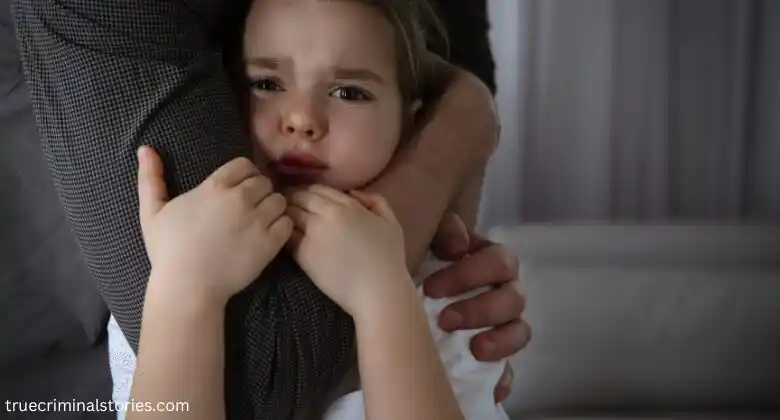
Legal Consequences
Legal consequences for teenagers can include juvenile detention or probation, which serve both as a deterrent and a form of accountability. Mandatory counseling or therapy is often required to address the underlying issues that led to the behavior. In some cases, registration as a sex offender might be mandated, depending on the severity and circumstances of the case.
The legal process can be daunting for all involved, making it essential for families to seek sex crimes attorneys and support. Understanding the legal ramifications and the potential outcomes can help in preparing for the process and ensuring that the teenager receives the necessary guidance and support.
Rehabilitation Focus
The juvenile justice system aims to rehabilitate rather than punish. This can include therapy to address underlying issues, educational programs, and support for reintegration into society. The focus is on helping the teenager understand the consequences of their actions and providing tools to change their behavior.
Rehabilitation programs often involve multiple stakeholders, including therapists, educators, and family members, working together to support the teenager’s development. By focusing on rehabilitation, the system hopes to reduce the likelihood of reoffending and help the teenager lead a productive and responsible life. Community support and involvement can also play a crucial role in successful rehabilitation.
Long-Term Impacts of Child Sexual Abuse
Child sexual abuse can have profound long-term effects on CSA survivors. These effects can permeate various aspects of a victim’s life, ranging from psychological to physical health issues. Recognizing these impacts is crucial for providing the right support and intervention.
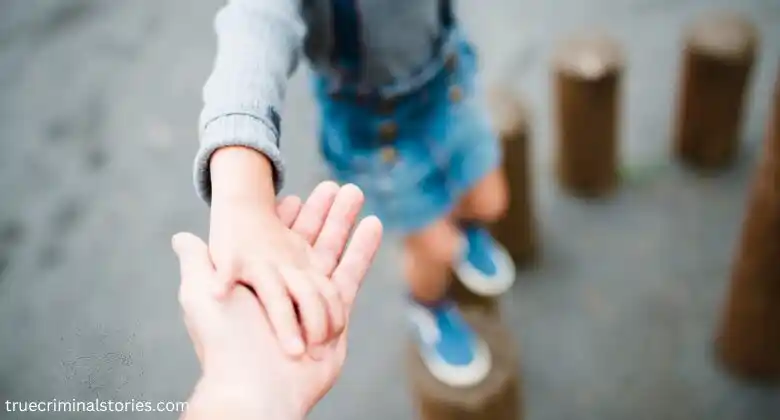
Psychological Impacts
The psychological impacts of child sexual abuse can be severe and enduring. Victims often struggle with post-traumatic stress disorder (PTSD), depression, and anxiety. These conditions can affect their ability to function in daily life and form healthy relationships.
Victims may also experience feelings of shame and guilt, which can further exacerbate mental health issues. Addressing these psychological impacts requires specialized therapeutic interventions that focus on healing and empowerment. Creating a supportive environment that fosters understanding and compassion is key to helping victims navigate their recovery journey.
Physical Health Issues
Beyond psychological effects, child sexual abuse can lead to significant physical health issues. There is an increased risk of substance abuse as victims may turn to drugs or alcohol as a coping mechanism. Chronic health problems, such as gastrointestinal disorders or headaches, can also arise as a result of trauma.
Reproductive health issues can also be a concern, particularly if the abuse was physical. These health problems can persist into adulthood, highlighting the importance of early intervention and comprehensive healthcare support. Providing access to medical professionals who understand the unique needs of abuse survivors is crucial for effective treatment and recovery.
Understanding these impacts highlights the importance of prevention and early intervention. By recognizing the signs and providing timely support, we can help mitigate these long-term effects and support victims in their healing process.
Preventing Child-On-Child Sexual Abuse
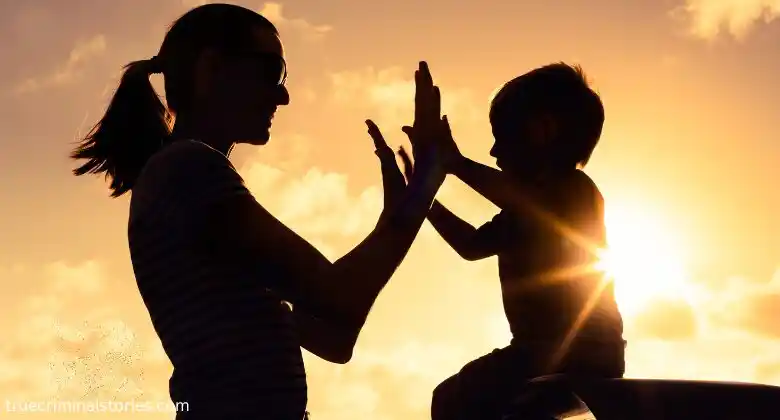
Prevention starts with awareness and education. Here are some steps parents, educators, and communities can take to prevent child-on-child sexual abuse. By being proactive, we can create environments that prioritize safety and respect.
Educate Children About Consent
Teaching children about consent and boundaries is crucial. They need to understand that their body belongs to them, and they have the right to say no. Educating them early about these concepts helps them recognize inappropriate behavior and empowers them to speak up.
Additionally, using age-appropriate language and examples can make these lessons more relatable. Encouraging role-playing scenarios can also help children practice assertiveness and boundary-setting in a safe environment. Building a foundation of respect and understanding from an early age can significantly reduce the risk of abuse.
Open Communication
Encourage open and honest communication. Let children know they can talk to you about anything, without fear of judgment or punishment. Creating a safe space for dialogue helps children feel comfortable expressing their concerns and seeking guidance.
Regularly engaging in conversations about their day-to-day experiences can also help adults identify potential issues early. Active listening and validating their feelings reinforce their trust and confidence in sharing sensitive information. Establishing this rapport is key to ensuring children feel supported and protected.
Monitor Media Consumption
Be aware of the media your children consume. Exposure to inappropriate content can lead to unhealthy behaviors. Monitoring their television, internet, and gaming activities can help prevent them from encountering harmful material.
Parents and guardians should also engage in discussions about the content their children are exposed to, helping them develop critical thinking skills and discernment. Encouraging positive and educational media choices can foster a healthier understanding of relationships and boundaries.
Professional Guidance
Seek guidance from professionals if you suspect any form of abuse. Therapists and counselors specializing in child sexual abuse can provide the necessary support and intervention. Professional guidance can offer tailored strategies to address specific concerns and promote healing.
Early consultation with mental health professionals ensures that any signs of abuse are addressed promptly and effectively. These experts can also provide valuable resources and training for parents, educators, and communities to better understand and prevent child-on-child sexual abuse.
Books About Child Sexual Assault and Prevention
Read “My Body’s Mine: A Book on Body Boundaries and Sexual Abuse Prevention (Can-Do Kids Series)”
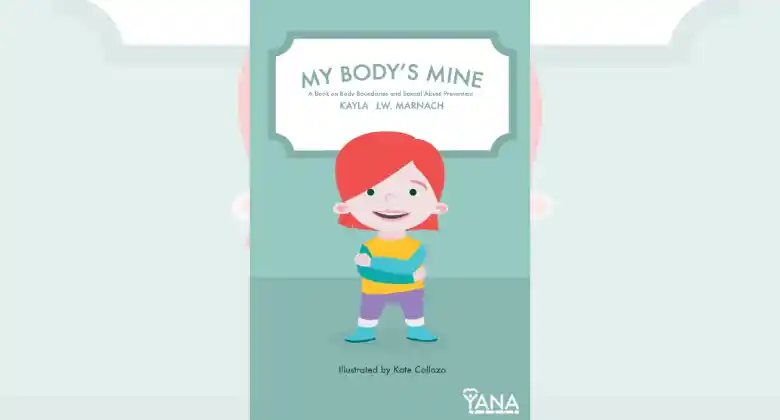
“My Body’s Mine” is a powerful book that helps children learn about body boundaries and empowers them to say “no” to unwanted touch. Written in rhyme from a child’s perspective, it provides clear instructions on what to do if they feel uncomfortable. The book also includes helpful questions to facilitate conversations between children and adults, making it a valuable resource for abuse prevention and support.
Read “Helping Your Child Recover from Sexual Abuse”
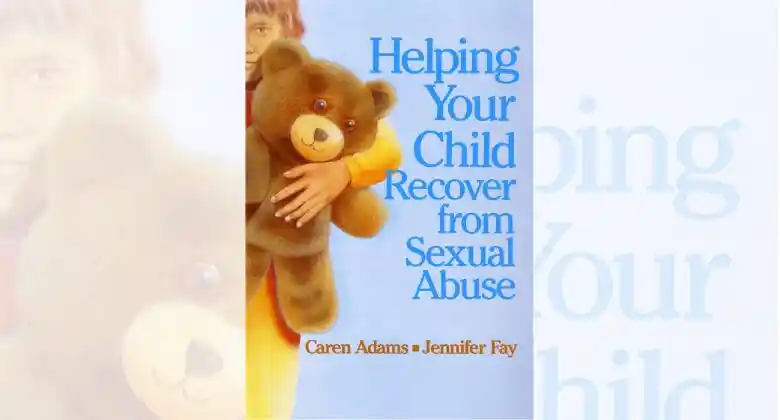
This book is a lifeline for parents facing the unimaginable: their child’s sexual abuse. It provides practical, jargon-free guidance on navigating the recovery journey, offering support and advice for every step of the way.
Read “Protecting Your Child from Sexual Abuse”
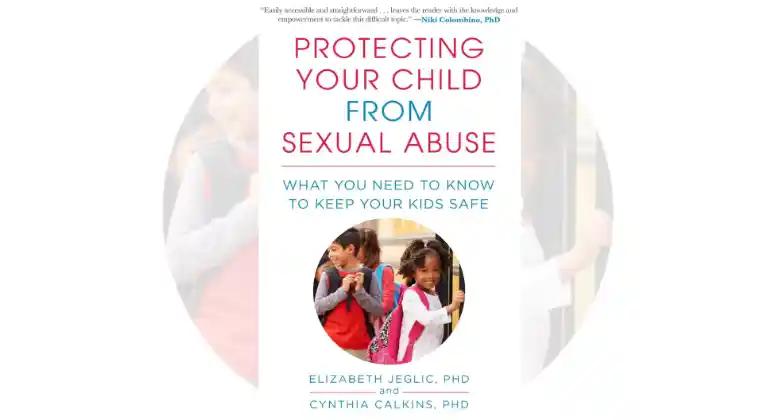
This book is a lifeline for parents facing the Empower your community to prevent child sexual abuse. “Protecting Your Child from Sexual Abuse” offers accessible information and discussion tools to initiate crucial conversations and develop effective prevention strategies.
Conclusion
Child-on-child sexual abuse is a serious issue that requires our attention and action. By understanding what it is and recognizing the signs, we can work toward preventing it. Education, open communication, and professional guidance are key to protecting our children and ensuring their safety and well-being.
In conclusion, it’s crucial for parents, educators, and communities to be vigilant and proactive in addressing and preventing child-on-child sexual abuse. By working together, we can create a safer environment for our children, where they can grow and thrive without the fear of abuse. Let us commit to spreading awareness, supporting victims, and fostering a culture of respect and consent for future generations. By taking these steps, we can hope to build a society where every child feels safe and valued, free from the threat of abuse.
FAQs
Why is childhood sexual abuse so hard to ‘get over’?
Childhood sexual abuse is incredibly difficult to “get over” because it represents a profound violation of trust, innocence, and bodily autonomy at a crucial developmental stage. This trauma can have long-lasting effects on a survivor’s sense of self, their relationships, and their overall well-being.
What is child sexual assault?
Child sexual abuse is any sexual act with a child performed by an adult or another child.